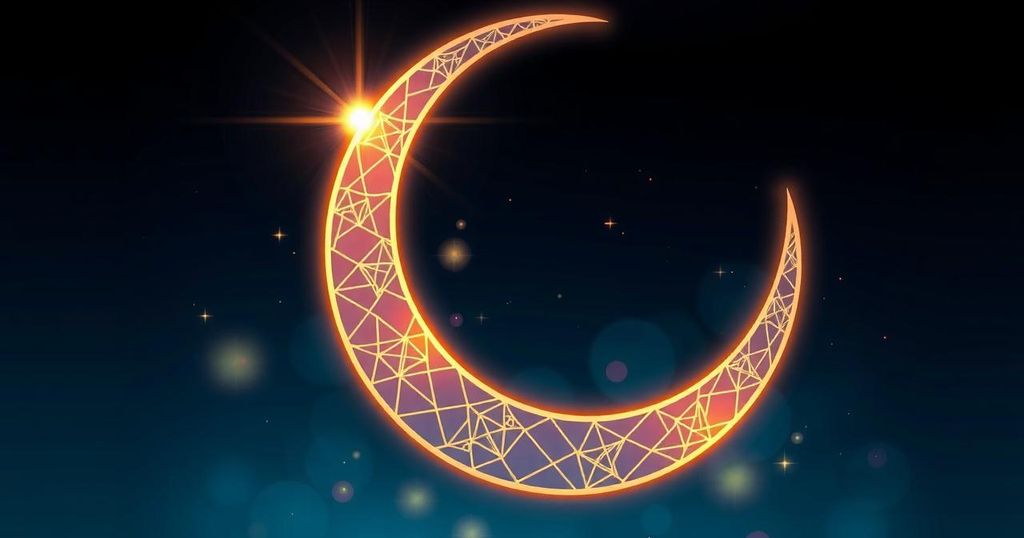The International Astronomy Centre has confirmed that the crescent moon of Shawwal will not be sightable on March 29, causing Ramadan to potentially conclude on March 31, 2025, for many Islamic nations. Some regions may observe Eid on March 30 due to local practices, but scientific evidence aligns with a uniform celebration on March 31.
The International Astronomy Centre has declared that the crescent moon of Shawwal will likely be impossible to observe on Saturday, March 29, throughout all regions of the Arab and Islamic world. This situation arises because the moon will set before the sun, and its conjunction will occur after sunset, making any sighting, whether by the naked eye or through telescopes, impractical on that day.
For those nations that require an actual sighting to signal the beginning of Shawwal, this means that Ramadan may last a full 30 days, leading to Eid Al Fitr being celebrated on Monday, March 31. Conversely, certain areas where the moon’s conjunction happens prior to sunset may opt to declare Eid on Sunday, March 30, in accordance with traditional moon-sighting practices.
Furthermore, a partial solar eclipse is anticipated to be visible at noon on Saturday in parts of the western Arab world, including countries such as Mauritania, Morocco, Algeria, and Tunisia. This occurrence serves as clear evidence that the crescent moon will not be discernible at that time, reinforcing the earlier findings.
Authorities have advised against misinformation regarding moon sightings on March 29, emphasizing that any such claims would contradict established scientific observations. Additionally, forecasts from the Pakistan Space & Upper Atmosphere Research Commission (Suparco) indicate that the Shawwal moon is expected to be visible on March 30, reinforcing that Eid ul-Fitr will likely take place on March 31, 2025, across most Islamic nations.
In summary, the crescent moon for Shawwal will be unobservable on March 29, leading to Ramadan potentially extending to 30 days with Eid Al Fitr on March 31, 2025. Some regions may choose to mark Eid on March 30 based on local moon-sighting, however, scientific evidence underscores the likelihood of a single celebration day. The upcoming solar eclipse further supports the assertion of the moon’s invisibility at that time, warranting caution against false claims regarding moon sightings.
Original Source: tribune.com.pk






